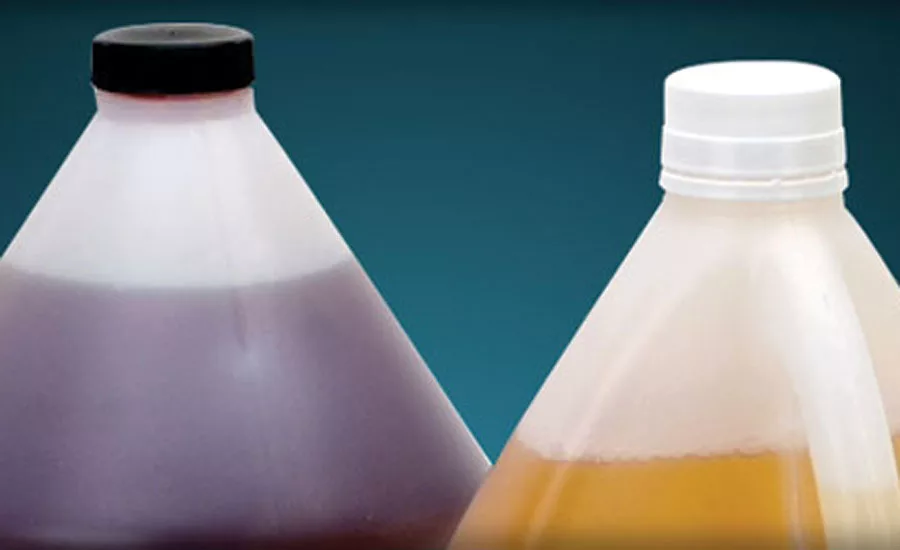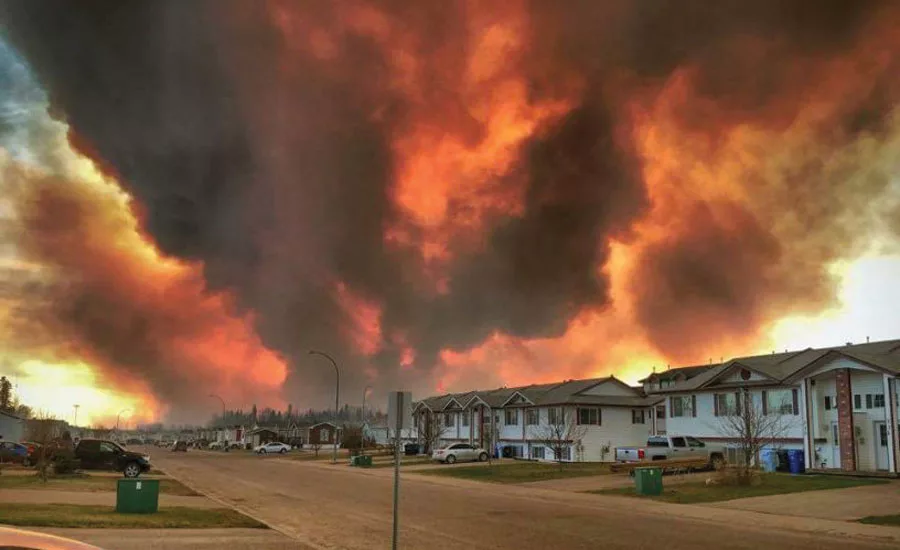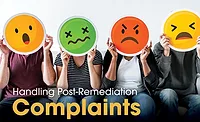After a Fire: Focusing on Indoor Air Quality




After a fire, there is a rush of activity in an effort to return the damaged spaces to pre-fire condition. Since fire and smoke leave such an extensive and complex mess, all the attention and effort naturally focus on removal of the fire and smoke contamination, cleaning the salvageable items, and eliminating smoke odors. However, there is another aspect that is often overlooked – the addition of new contaminants during the remediation and rebuilding process.
Air Purifiers (Gaseous)
Air cleanup can be the most challenging aspect of remediation. There are a number of technologies available; some are relatively harmless while others, such as oxidation techniques, have higher potential risk especially when used in-situ.
Oxidation technologies all operate in essentially the same way. They initiate a chemical reaction that converts hazardous and irritating chemicals to a less harmful form, eventually decomposing them to carbon dioxide and water. However, the oxidation process affects all chemical compounds, even those that are relatively benign, and it often produces intermediate chemicals that may be hazardous or irritating.
Ozone
Ozone-producing machines to eliminate odors and reduce VOCs have been in use for a long time. In recent years, increasing evidence indicates that the unintended side effects of ozone use far outweigh its advantages.
Ozone is a big concern in outdoor air since it participates in many of the reactions that produce components of ground level smog. It is a powerful oxidizer, meaning it reacts quickly with a wide variety of chemical compounds. This property is what makes it effective in addressing odor problems. However, this effect is not limited to the air. It can also damage surfaces, especially materials like rubber and paint, and it can produce a host of secondary reaction products like formaldehyde that can pose a significant health concern. Ozone by itself is also a strong respiratory irritant. The potential hazards of ozone machines make it one of the more challenging technologies to use, requiring special care in its application.
Hydroxyl Ions
Hydroxyl-based technologies also work by oxidizing materials, but it is a much milder process than ozone. Use of hydroxyl ion technology (e.g., photocatalytic oxidation) has been effective in converting compounds of concern to less hazardous chemicals without many of the concerns inherent with ozone. It does not typically cause a “weathering” effect, nor does it pose the level of potential health hazard that ozone does. Hydroxyl ions are generally considered safe to use since they perform the same air cleaning function naturally in outdoor air. Also, their life span is only a few seconds compared to the 24-48 hour life span of ozone, so hydroxyl ions do not build up in indoor air. However, this technology can produce secondary reaction products in the same way that ozone does, although typically at lower concentrations.
Cleaning Solutions & Solvents
The use of cleaning solutions is widespread in fire restoration, especially for porous items such as furniture, drapes, carpet, fabrics, etc. and semi-porous materials such as walls. These products contain powerful solvents that use a variety of chemical formulations, many of which are hazardous to use and can leave behind “toxic” traces. In addition to the solvents, many cleaning solutions contain additives that can be hazardous. These additives are used to adjust the viscosity, dispersal characteristics, increase shelf life, boost performance, cover unpleasant solvent odors, etc.
Thermal Foggers
Thermal foggers generate ultra-fine thermally activated droplets that are picked up by porous materials similarly to how they adsorbed the smoke odors, closely duplicating what occurred during the fire. Cleaning and deodorizing solutions of various types are available that can be disseminated using this technology. The same concerns about residues exist with thermal foggers as with other cleaning solutions and solvents, as well as possible application specific problems.
Building Materials
Just as with any construction or renovation, replacements for non-salvageable building materials (e.g., flooring, drywall, paint, cabinetry, etc.) bring additional contaminants into the building. In combination with lingering fire and smoke residue and cleaning material remnants, new materials can add significantly to the indoor contaminant burden. There is also a risk of re-contamination if the cleanup is not completed before repairing the building structure and replacing furniture and personal items.
The Take Away …
As with all products and technologies, it is essential to understand the purpose and use of remediation products, as well as their applicability in different situations. Awareness of possible unintended side effects will substantially reduce the number and severity of post-remediation problems.
Looking for a reprint of this article?
From high-res PDFs to custom plaques, order your copy today!







